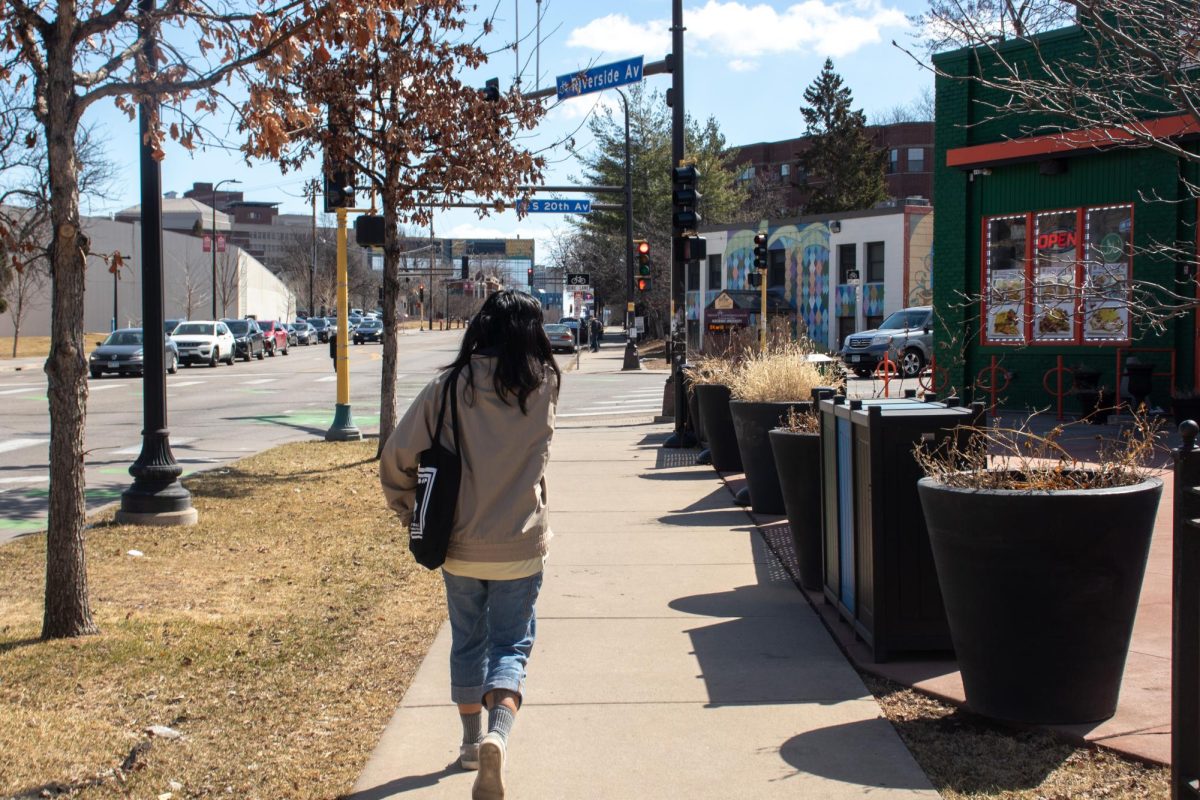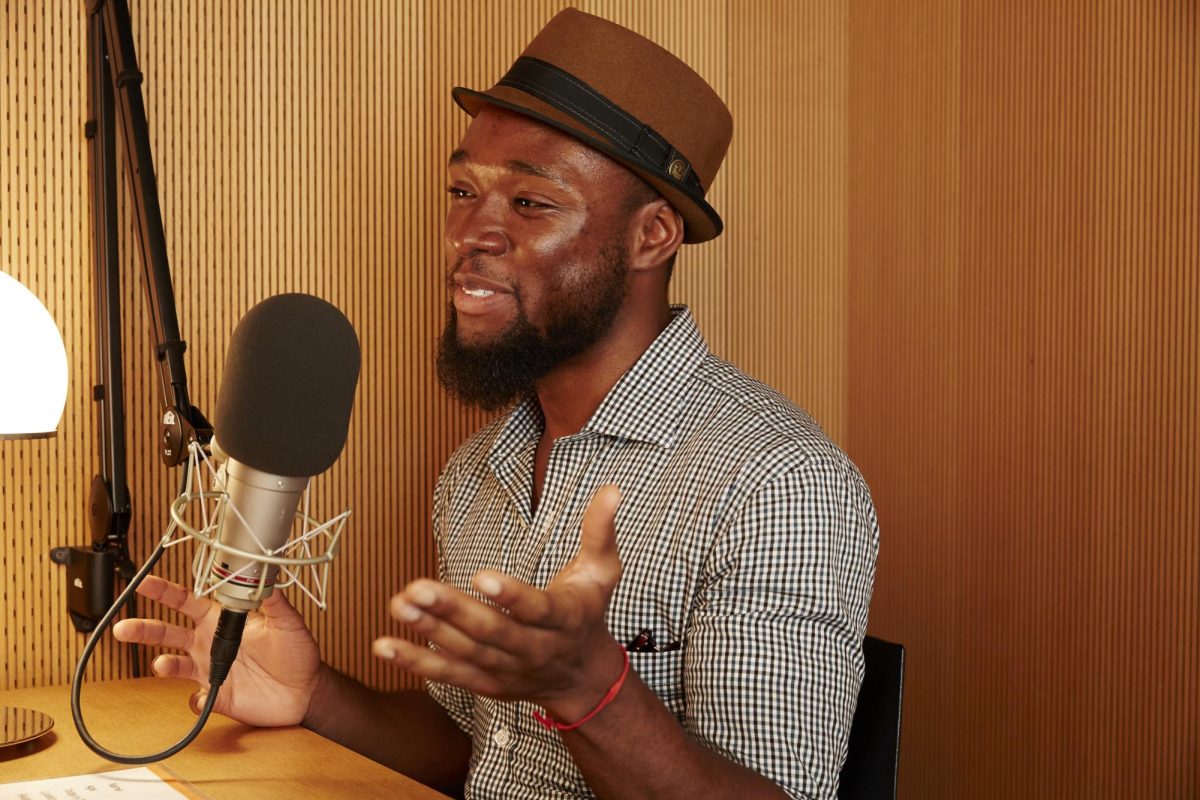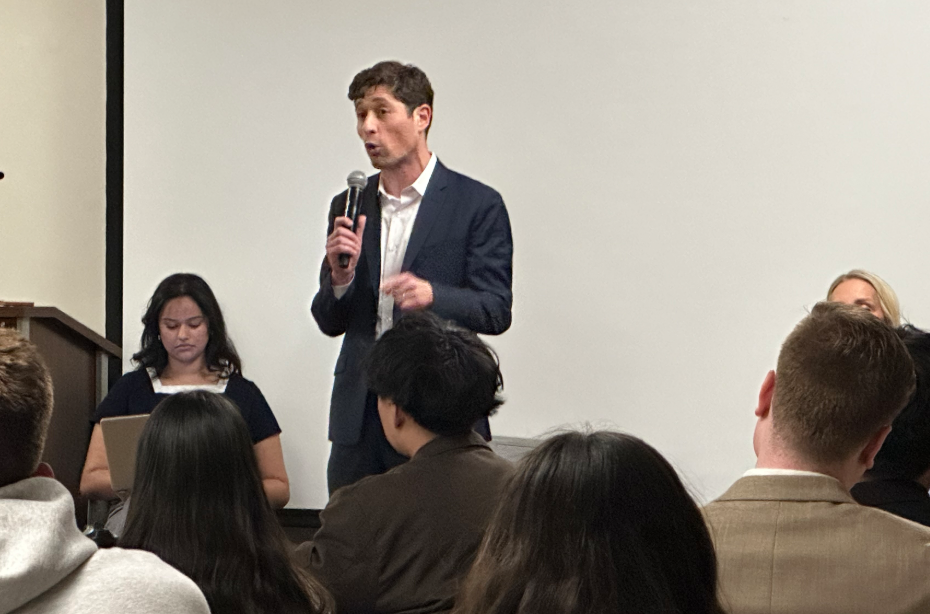Mental health visits at Boynton Health this semester are up 18 percent compared to spring 2017.
Experts attribute the jump to increased openness about mental health and awareness of services on campus. As more students seek these services nationwide, some colleges have adapted their programming to keep up with the growing demand.
“In college and university settings, students are actually coming in with an expectation that part of their educational experience will involve some variety of counseling or therapy,” said Gary Christenson, Boynton’s chief medical officer.
For the last several years, demand for mental health services on campus has increased. Boynton’s Mental Health Clinic has seen a 20 percent increase in visitation numbers this year compared to last year at this time, Christenson said.
While Boynton struggled to keep up with growing numbers of mental health patients in the past, resulting in long wait times for some, the clinic has stayed on top of recent high traffic, Christenson said. Boynton hired 12 mental health employees during the 2016-17 academic year and expanded the clinic in 2017, he said.
Students’ attitudes toward mental health have changed since Christenson started working for Boynton decades ago, he said.
In the past, many students at the Mental Health Clinic said they felt like they were the only one dealing with mental health issues, but now many seek care based on friends’ recommendations, Christenson said.
Experts say the increased demand at the University of Minnesota mirrors national trends.
Mental health visits at Ohio State University increased by about 26 percent between the 2015 and 2016 academic years, according to data from the school.
Last year, the school’s mental health clinic handled 36,115 visits, compared to 24,800 visits at the University of Minnesota during fiscal year 2017.
And at the University of Wisconsin-Madison, mental health clinic visits increased 8 percent last semester compared to last year, said Andrea Lawson, co-director of UW-Madison’s Mental Health Services.
Lawson attributes the rise in part to recent changes to the school’s mental health system. For example, students can now get initial consultations over the phone and schedule appointments online, Lawson said.
The school also offers a service allowing students to have informal conversations with a professional in spaces that students frequently visit, like the library, student union building and various educational buildings around campus, Lawson said.
Even with these changes, there is still a greater need for services on campus, she said. The University of Wisconsin-Madison is looking for more therapists and counselors to attend to certain ethnic and religious groups of students.
As more students in primary and secondary schools receive counseling and expect the same services during college, many colleges have had to adapt their mental health models, said Shannon Mulvihill, executive director of Mental Health Minnesota.
“I think particularly with college students today, they look at mental health a lot differently than … a generation ago,” Mulvihill said. “I do think this trend will continue to increase, which will put additional pressure on higher education to meet the needs of students.”
The University of Minnesota expects demand will keep increasing. Thirteen percent of all fee-paying students used mental health services last year, and Boynton Mental Health Clinic hopes to add four more therapists for 2019.
Correction: A previous version of this article misstated the time period for the increase in visits to Boynton’s Mental Health Clinics. Visits increased 18 percent this semester compared to spring 2017.
Clarifications: Boynton hired 12 mental health employees during the 2016-17 academic year. The Minnesota Daily also updated the story to reflect the number of visits at Boynton’s Mental Health Clinic during fiscal year 2017.







